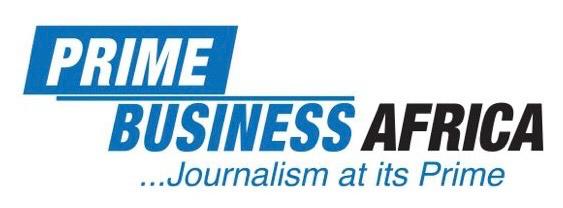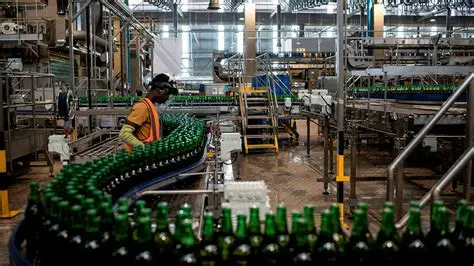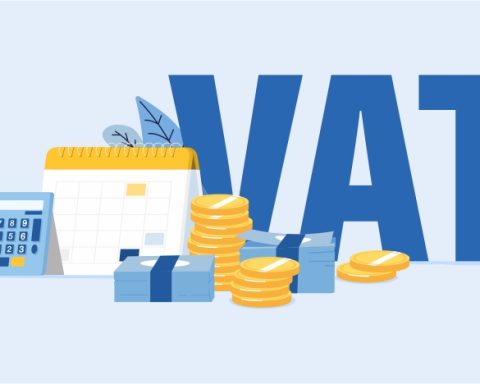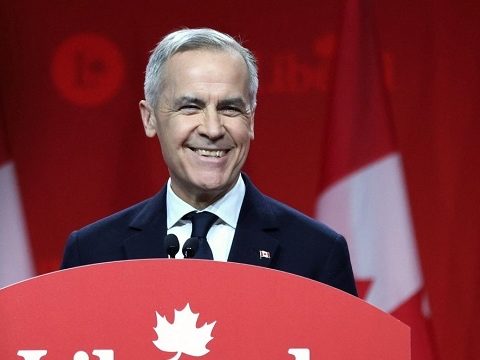Nigeria’s manufacturing sector contribution to Value-added Tax (VAT) rose by 39 per cent to ₦803.5 billion in 2024 from ₦578.39 billion recorded in 2023.
This growth occurs amid a challenging economic environment characterized by declining industrial output, high inflation, and foreign exchange volatility.
Join our WhatsApp ChannelThe data released by the National Bureau of Statistics (NBS) showed that the manufacturing sector has maintained its position as the top contributor to VAT revenues for the fourth consecutive year, underscoring its critical role in Nigeria’s fiscal sustainability despite facing substantial operational challenges.
The manufacturing sector contributed ₦477.43 billion or 19 per cent in 2022. The ₦578.39 billion contribution to VAT in 2023 represented 15.9 per cent of total VAT collections that year.
The quarterly distribution of VAT contributions reveals significant fluctuations throughout the year, reflecting the seasonal patterns and economic volatility that characterized 2024.
In Q4 2024, a total of ₦1.95 trillion, reflecting a 9.23 per cent quarter-on-quarter increase from ₦1.78 trillion in Q3 2024.
READ ALSO: 10 Sectors With Highest VAT Contributions In Q2 2024
The manufacturing sector contributed N237.5 billion in Q4 2024, representing 25.89 percent of total VAT collections. The third quarter of 2024 saw the highest contribution at N395.34 billion (22.21% of total VAT collections), while the first quarter recorded the lowest at N177.17 billion (26.72% of total VAT collections).
These fluctuations correlate with periods of currency instability and policy announcements that affected manufacturing operations throughout the year.
While the manufacturing sector’s VAT contribution recorded a significant increase, its output has continued to decline, primarily attributable to Nigeria’s inflationary environment and currency devaluation. These factors forced manufacturers to increase prices significantly to cover rising input costs, resulting in higher VAT liabilities even on reduced sales volumes.
Economic analysts attributed the VAT increase to macroeconomic factors rather than sector expansion.
Manufacturers grapple with energy costs, logistics costs, foreign exchange volatility and infrastructural deficit (such as lack of access to power supply and an efficient transport system).
Victor Ezeja is a passionate journalist with seven years of experience writing on economy, politics and energy. He holds a Master's degree in Mass Communication.















